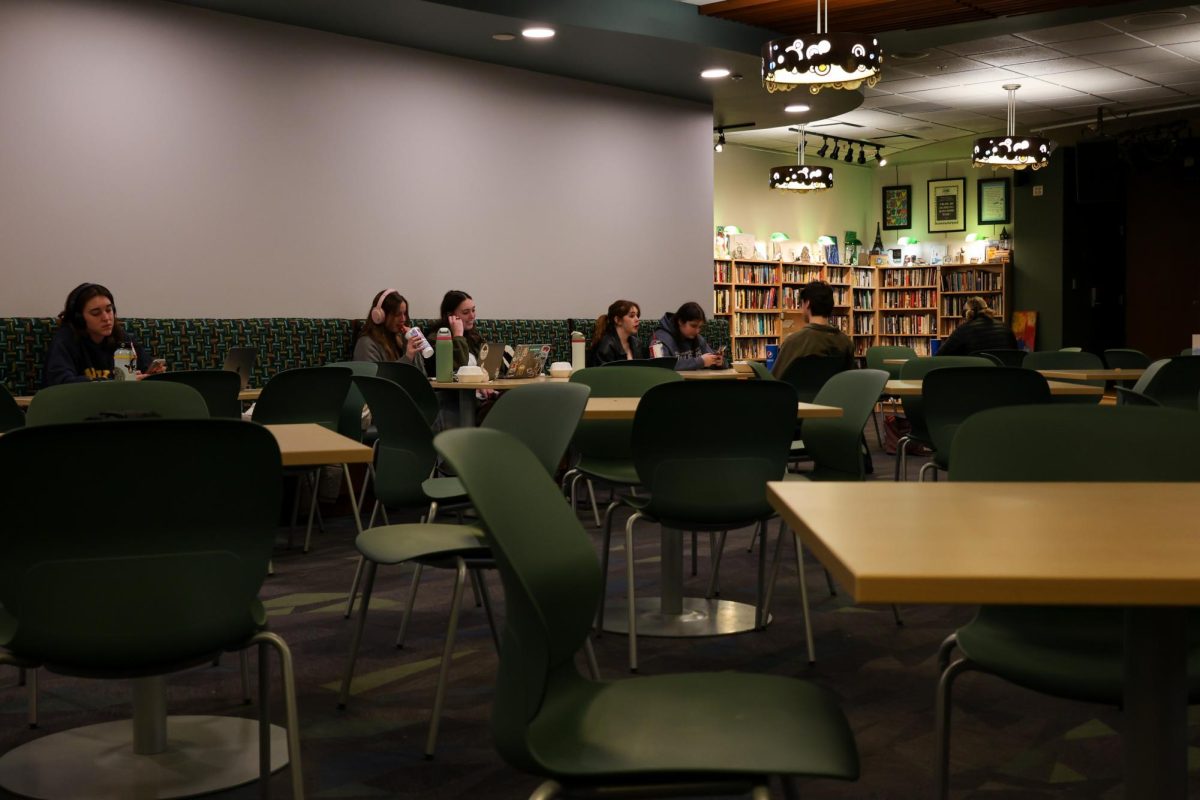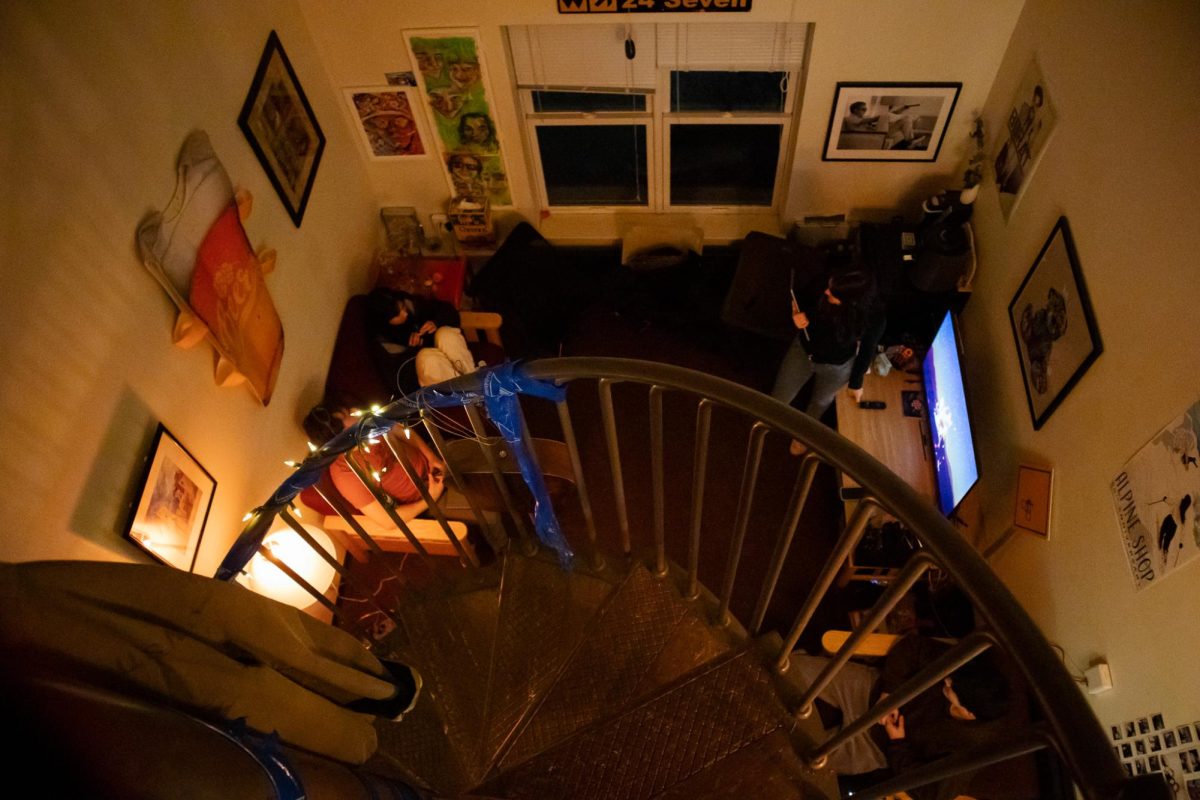Fifty-five walking and bicycling advocates, representing nearly a dozen local organizations, met in UVM’s Billings North Lounge on Saturday, March 12 for a four-hour summit to coordinate their efforts. Keynote speaker Steve Miller, founding director of the Livable Streets Alliance, began by outlining the most effective ways for bicycle and pedestrian advocates to frame their issues to gain funding and public support. The reasons for promoting walking and bicycling are many, according to Miller, but advocacy for bicycling and walking boils down to what he called a “simple mantra.” “If you plan for cars and traffic, you get cars and traffic,” Miller said. “If you plan for people and places, you get people and places.” After Miller’s speech, small groups brainstormed what could be done to better support walking and bicycling in Burlington within the next one to two years. Common ideas that emerged included a 25 miles per hour citywide speed limit, improvements to pedestrian signals and signal timing and turning South Winooski Avenue near the fire station and City Market into a “complete street” by reducing the number of lanes for cars and adding bike lanes. Executive Director of Local Motion Chapin Spencer expressed hope that several long-unaccomplished goals could soon be achieved. “This is exciting,” Spencer said. “The slow streets stuff has been in the works for 10 years. We can push that over the finish line easily. The South Winooski [Avenue] piece is the key linchpin from the bike lanes we’ve been developing from the north and the south. All these things are coming together.” Spencer commented on the large percentage of bikers and walkers that reside in Burlington, adding that it is unparalleled by many other cities. “The walk/bike mode split — that means the number of people walking and biking to work in Burlington — is around 18 percent,” Spencer said. “It’s one of the largest rates of any small town in the country.” Spencer said he is optimistic that Burlington could become a model city for bicycling and walking. “We can be a national leader and we can drive that number higher. New York City can show that walking and biking is easy, but we have a chance to show that it works in small towns too,” Spencer said. Longtime bicycling activist and Burlington Bike/Walk Council Steering Committee member Phil Hammerslough echoed Spencer’s optimism, stating the energy around walking and bicycling in Burlington is at an all-time high. “We’ve got momentum; you can feel it building,” Hammerslough said. “I think we’re at a crucial tipping point. This is fabulous. I’m tickled.”












